Share article
Get our latest updates
CVS Best Practices for Successful Version Control

Khatia Tchitchinadze
Author

Version control systems (VCS) are important for modern software development, helping teams work together, keep track of changes, and make sure code quality. Among the many VCS options out there, Concurrent Versions System (CVS) is still widely used for managing source code well. In this blog post, we’ll look at some good ways to use CVS for version control, and we’ll also talk about the benefits of using tools like Gitrevio to make your CVS workflows even better.
What is CVS?
CVS is a centralized version control system that lets multiple developers work on the same project together. It keeps track of changes to files over time, keeps all the project’s history in one central place, and helps team members work together.
Best Practices for CVS Version Control
Organize Your Repository Structure:
Arrange your CVS repository logically, with directories structured based on the project’s modules, components, or features. A well-organized repository makes it easier to move around, find files, and handle dependencies.
Use Clear Commit Messages:
When committing changes to CVS, provide descriptive and clear commit messages that explain the purpose and context of the changes. Clear commit messages help team members understand the history of the codebase and make it easier to solve problems and find mistakes.
Commit Often, But Carefully:
Make small, atomic changes regularly to CVS to have a detailed history of modifications. However, don’t make too many unnecessary commits, as they can mess up the repository and make it difficult to track important changes.
Branch Strategically:
Use CVS branches carefully to separate different development tasks, try out new features, or make releases more stable. Create clear names for branches and set rules for when to make, combine, and remove branches to prevent having too many branches.
Merge Changes Often:
Regularly bring changes from the main development branches (like the main code) into feature branches to keep them current with the latest updates. This lowers the chance of having conflicts when merging and makes it easier to add features to the main code.
Document Settings Changes:
Write down any changes to setup files or project settings in CVS commit messages or additional notes. Clear notes help keep things the same across different setups and make it easier to fix problems and set things up.
Use Tags for Releases:
Use CVS tags to mark important checkpoints, like big steps or versions, in your project. Tags give you a picture of the repository at a certain time and help with putting things into action, going back, and looking at history.
Guarantee Access Limits:
Set up rules and permissions in CVS to stop people who shouldn’t see important code or key branches. Decide who can do what based on their job, and make sure you follow the safety rules.
Regularly Remove Unused Files:
Every now and then, check your CVS repository for files and folders you don’t need anymore. Get rid of stuff you don’t use to make the repository work better, save space, and keep your code simple.
Backup Your Files:
Make sure to regularly save copies of your CVS files to protect against losing them because of broken hardware, mistakes, or other unexpected problems. Have a strong plan for backups that includes saving copies in other places and checking that you can bring them back when needed.
Improving CVS Workflows with Gitrevio
Gitrevio is a strong tool that works well with CVS workflows by giving extra helpful features for looking at code, working together, and managing projects. With Gitrevio, teams can:
- Conduct code reviews easily, with built-in review tools and workflows that make giving feedback and approving changes simpler.
- Work together better, with features for leaving comments, assigning tasks, and working on code changes together in real time.
- Understand project activity and how well it’s going, with good analytics and reports.
- Connect with CVS repositories easily, making sure it works well with your existing version control setup.
By adding Gitrevio to your CVS workflows, you can make your team work better together, make it easier to collaborate, and find new ways to make your software development go easier.

